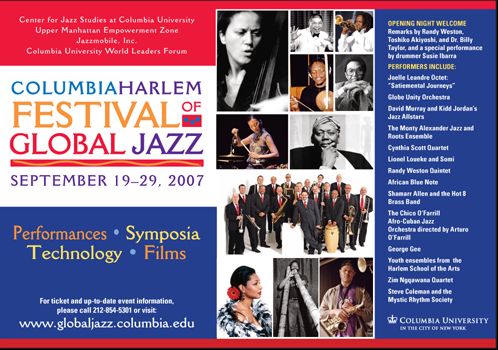psi records, www.emanemdisc.com/psi.htm
©Laurence Svirchev
 If at 10:04 a listener thought “Stone Through Sunlight” were over, he would have had to rapidly reconsider the opinion. Evan Parker, François Houle, and Benoît Delbecq had almost reached silence when Delbecq reached over the keyboard and lightly strummed the strings. Between the silence and the strumming there were centi-seconds during which it was difficult to discern whether the gentle sound of vibrating strings came from the residuals of Houle blowing into the piano’s cavity or from Delbecq’s own deft touch.
If at 10:04 a listener thought “Stone Through Sunlight” were over, he would have had to rapidly reconsider the opinion. Evan Parker, François Houle, and Benoît Delbecq had almost reached silence when Delbecq reached over the keyboard and lightly strummed the strings. Between the silence and the strumming there were centi-seconds during which it was difficult to discern whether the gentle sound of vibrating strings came from the residuals of Houle blowing into the piano’s cavity or from Delbecq’s own deft touch.
The fading of the horns and the light strumming was not at all a mutually-broadcast signal that the composition had nothing left to say. That could have been, and had it been, the improvisation would have already been a lovely success.
“Stone Through Sunlight” however, had run slightly more than half its course. Delbecq continued the slow strumming and the reverberations opened a new pathway in which Houle whistled eerie ‘haints into existence. For another couple of minutes, the mood was spooky until Parker entered. The atmosphere was then rendered tentative not because it lacked direction, but because there was much introspection, as if randomly drifting sunlit clouds were dissolving and then reforming through each others’ paths an inchoate beauty.
At 14:14 began an extraordinary passage that could have been under-appreciated but for this superlatively recorded CD. Again a transitionary centi-second silence after which Parker and Houle simultaneously launched themselves into high velocity circular breathing cycles. Circular breathing is not a hard technique to learn but it is extremely difficult to translate into a coherent artistry, and few master horn players bother to explore it. Parker is a different breed of musician. He has been a practitioner of this arcane art for decades and he is without doubt the leading practitioner. Houle may be quite a bit junior to Parker in age, but he is one of the handful of contemporary clarinet masters and he has taken the circular breathing device to heart.
Naturally enough, the passage is taken prestissimo, but what impresses is not just the velocity. The intensity of expression and communication between the two musicians is enthralling. Parker methodically hits surprising super-harmonics placed well above the altissimo range that Houle is playing in and Houle regularly triggers chalumeau notes below the nominal range of the tenor saxophone.
But more. The absolute musicality of the improvisation is evidenced by the gripping symphony of sound, as if far more than two instruments were playing, a taut exposition of virtuosic control of instruments.
The spontaneous mutual understanding of where the music should be makes the duet seem pre-ordained, and that intuition is enhanced by Delbecq’s dramatic re-entry unto the sound-field. Delbecq is perhaps best known for the disorienting dream states his music induces, as exemplified by his prepared-piano work during the opening minutes of “Stone Through Sunlight”. But now he moves with a wonderful celerity (in tandem with Parker) through the entire un-prepared register of the piano, including unexpected smashing chords at the bass end. Physically occupying the center of the sound-stage, in some ways it is Delbecq who is the glue holding the trio together. Listen how he bridges the horns with his deep bass pulses about mid-way through “Stone on Stone.”
La Lumière de Pierres is extraordinary music-making. There is simultaneously great differentiation of individual style and great concordance of musical concept in spite of the three never having played as an ensemble. The entire forty-six minute set was recorded in that exact time with no false steps, no tentativeness, a complete communication of the highest aesthetic order.
September, 2007
